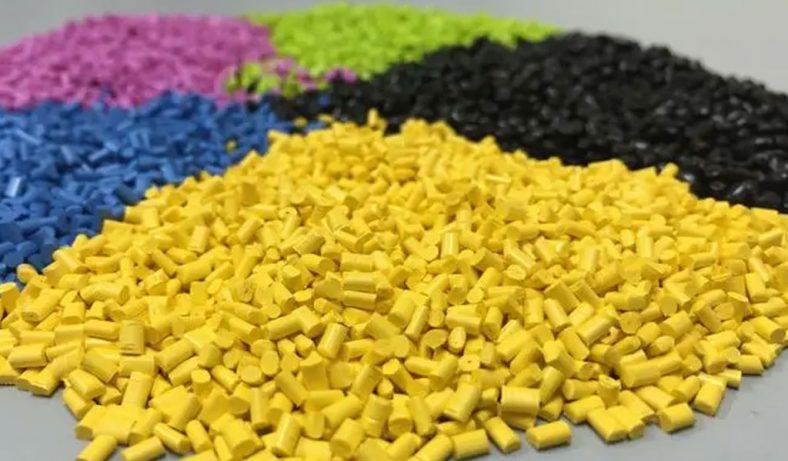
In the realm of plastics,machining ABS (Acrylonitrile Butadiene Styrene) and Polyethylene stand out as two prominent contenders, each with their unique set of properties and applications.
Both materials have found their way into various industries due to their distinct characteristics, versatility, and cost-effectiveness.
This article aims to delve deep into the differences between ABS and Polyethylene, exploring their composition, properties, applications, and comparative advantages.
ABS vs Polyethylene: Understanding the Distinctive Attributes
In the realm of plastics, ABS (Acrylonitrile Butadiene Styrene) and Polyethylene are two polymers that have gained significant prominence across various industries due to their unique properties and diverse applications. While they both fall under the category of thermoplastics, ABS and Polyethylene possess distinct compositions, characteristics, and applications.
Composition and Structure:
- ABS: ABS is a copolymer composed of three distinct monomers: Acrylonitrile, Butadiene, and Styrene. The combination of these monomers results in a material that capitalizes on their individual strengths. Acrylonitrile lends chemical resistance and thermal stability, making ABS suitable for applications requiring durability. Butadiene contributes impact resistance, rendering ABS less susceptible to cracking even at low temperatures. Styrene enhances the material’s processability and provides a smooth surface finish.
- Polyethylene: Polyethylene is a family of polymers derived from ethylene monomers. The variability in crystallinity and molecular weight gives rise to various types of Polyethylene, including Low-Density Polyethylene (LDPE), High-Density Polyethylene (HDPE), and Ultra-High Molecular Weight Polyethylene (UHMW Machining). The density of these types influences their mechanical properties and applications.
Properties and Characteristics:
ABS:
- Mechanical Properties: ABS strikes a balance between rigidity and toughness due to its copolymer nature, making it suitable for applications requiring both strength and impact resistance.
- Impact Resistance: ABS can withstand impacts and shocks better than many other plastics, making it a preferred choice for products exposed to rough handling.
- Temperature Resistance: While ABS offers good heat resistance, it may deform or soften at higher temperatures compared to some other engineering plastics.
- Chemical Resistance: ABS exhibits moderate chemical resistance, making it suitable for various indoor applications, though it might not fare well in aggressive chemical environments.
- Surface Finish: ABS’s smooth surface finish and ease of molding make it a popular choice for consumer products and casings for electronic devices.
Polyethylene:
- Density Variation: Different types of Polyethylene exhibit varying densities, resulting in a wide range of mechanical properties. LDPE has lower density and is flexible, while HDPE has higher density and greater rigidity.
- Flexibility: LDPE, due to its low density, is highly flexible and finds use in applications requiring pliability, such as packaging films and tubing.
- Strength: HDPE, with its high density, offers significant strength and resistance to heavy loads, making it suitable for products like pipes, containers, and structural components.
- Chemical Resistance: Polyethylene boasts excellent chemical resistance, making it ideal for applications in corrosive environments, like chemical storage tanks.
- Wear Resistance: UHMWPE stands out for its remarkable wear resistance, making it an ideal choice for applications involving friction and abrasion, such as conveyor components.
Applications:
ABS Applications:
- Consumer Electronics: ABS is widely used in the production of electronic device housings due to its mechanical strength and desirable surface finish.
- Automotive Parts: ABS finds application in various automotive components, including interior trims, dashboard parts, and exterior panels.
- Toys and Leisure Products: The impact resistance and ease of molding make ABS a preferred material for toys, sporting goods, and recreational equipment.
- Plumbing Components: ABS pipes and fittings are utilized in plumbing applications due to their corrosion resistance and durability.
- Medical Devices: ABS is employed in manufacturing medical equipment and devices, where its stability and resistance to certain chemicals are valuable.
Polyethylene Applications:
- Packaging: LDPE’s flexibility makes it a prime candidate for packaging films, bags, and containers, catering to the packaging industry’s diverse needs.
- Pipes and Fittings: HDPE’s durability and chemical resistance make it an excellent choice for water and gas pipes, as well as sewage systems.
- Construction: HDPE and UHMWPE find application in construction for products like liners for storage tanks, wear strips, and heavy-duty supports.
- Medical Implants: UHMWPE’s biocompatibility and wear resistance position it as a suitable material for medical implants, particularly in joint replacements.
- Marine Industry: HDPE’s resistance to water and corrosion makes it well-suited for marine applications like floating docks and boat components.
Comparative Advantages:
ABS:
- ABS offers a harmonious blend of mechanical properties, making it suitable for applications necessitating a combination of strength and impact resistance.
- Its surface finish makes ABS ideal for consumer-facing products that require an attractive appearance.
- ABS’s cost-effectiveness and ease of processing contribute to efficient mass production, particularly for consumer goods.
Polyethylene:
- The versatility of Polyethylene, stemming from its density variations, allows it to cater to a broad spectrum of applications.
- Different types of Polyethylene offer a range of mechanical properties, enabling tailored solutions to meet specific requirements.
- HDPE’s remarkable chemical resistance and UHMWPE’s exceptional wear resistance set them apart in demanding environments.
In the realm of plastics, ABS and Polyethylene have carved out distinct niches due to their diverse properties and applications. ABS’s balanced mechanical attributes and smooth surface finish make it an excellent choice for consumer electronics and automotive components. In contrast, the varied types of Polyethylene, each with their density-driven characteristics, make them adaptable to an array of applications spanning from flexible packaging to durable medical implants. The selection between ABS and Polyethylene hinges on the precise needs of the application and the material’s capacity to effectively meet those requirements.
ABS Plastic vs Polyethylene: Machining Considerations
When it comes to machining plastics, choosing the right material is crucial for achieving optimal results in terms of ease of machining, surface finish, dimensional accuracy, and overall performance. Both ABS plastic (Acrylonitrile Butadiene Styrene) and Polyethylene are commonly used materials, each with its own set of advantages and limitations for machining processes. Let’s compare ABS plastic and Polyethylene in the context of machining to determine which one might be better suited for your specific machining needs.
Machining Characteristics:
ABS Plastic:
- Machinability: ABS plastic is known for its good machinability. It can be easily cut, drilled, milled, and turned using standard machining tools and techniques.
- Chip Formation: ABS typically forms chips during machining, which can be managed effectively using proper chip evacuation techniques.
- Surface Finish: ABS plastic generally produces a smooth surface finish after machining, making it suitable for applications where aesthetics are important.
- Tolerances: ABS plastic can hold tight tolerances, provided proper machining practices are followed.
Polyethylene:
- Machinability: Polyethylene is also considered to be easily machinable. It can be worked with standard machining tools, although some adjustments might be needed for different types of polyethylene.
- Chip Formation: Polyethylene tends to produce stringy chips during machining. Managing chip control is important to prevent chip entanglement and tool clogging.
- Surface Finish: Polyethylene typically produces a smooth surface finish after machining, similar to ABS.
- Tolerances: Polyethylene can hold tight tolerances, but it might require attention to factors like temperature control during machining to prevent thermal expansion or contraction.
Specific Machining Processes:
ABS Plastic:
- CNC Machining: ABS plastic is commonly machined using 5 Axis CNC (Computer Numerical Control) equipment, providing precision and consistency.
- Drilling and Milling: ABS can be easily drilled and milled to create holes, slots, and complex shapes.
- Turning: ABS can be turned on a lathe to create cylindrical parts with different diameters and profiles.
Polyethylene:
- CNC Machining: Similar to ABS, polyethylene can be machined using CNC equipment for accurate and repeatable results.
- Drilling and Milling: Polyethylene can be drilled and milled for various applications, but chip control should be managed effectively.
- Turning: Polyethylene can also be turned on a lathe, although proper tool design and setup are important due to its tendency to produce stringy chips.
Choosing the Right Material:
The choice between ABS plastic and Polyethylene for machining depends on several factors:
- Application: Consider the intended application of the machined part. Both materials have different mechanical properties, chemical resistance, and temperature stability, which could affect their suitability for specific applications.
- Tooling: Evaluate the compatibility of your machining tools and equipment with each material. Some tools might perform better with one material over the other.
- Cost: Cost considerations are crucial, as both materials vary in terms of pricing. Choose the material that fits your budget without compromising performance.
- Environmental Factors: Consider the operating environment of the final product. ABS and Polyethylene have different levels of chemical resistance, which might influence material choice.
Both ABS plastic and Polyethylene are viable options for machining, with good machinability, smooth surface finish, and the ability to hold tight tolerances. ABS is generally more difficult to machine than polyethylene due to its higher hardness and rigidity but can produce a smoother surface finish. Polyethylene is easier to machine, but may not be as suitable for applications that require high strength or stiffness.The choice between the two should be based on factors such as the specific machining processes you’ll be using, the mechanical and chemical requirements of the final part, and any cost considerations. By evaluating these factors carefully, you can select the material that will result in successful and efficient machining while meeting the needs of your project.
Whether Machining ABS or Machining Polyethylene,Be-Cu.com Is Best Choose For You
In the realm of plastics, both ABS and Polyethylene hold their own as versatile and valuable materials, each catering to distinct application needs. ABS’s balanced mechanical properties and surface finish make it a go-to choice for consumer electronics and automotive parts. On the other hand, the various types of polyethylene, with their different densities and associated mechanical characteristics, make them adaptable to a plethora of applications, from packaging to medical implants.As one professional CNC machining services manufacturers in China,Be-Cu prototype can machine all kinds of low cost different CNC machined plastic parts. Be-Cu customizes precision CNC ABS Plastic and Polyethylene parts according to customer specifications, samples or drawings. Our technicians have me many years experience and knowledge in machine exceptional quality plastic precision parts.
-

CNC Machining Anti-static Translucent PC Optical Parts
-
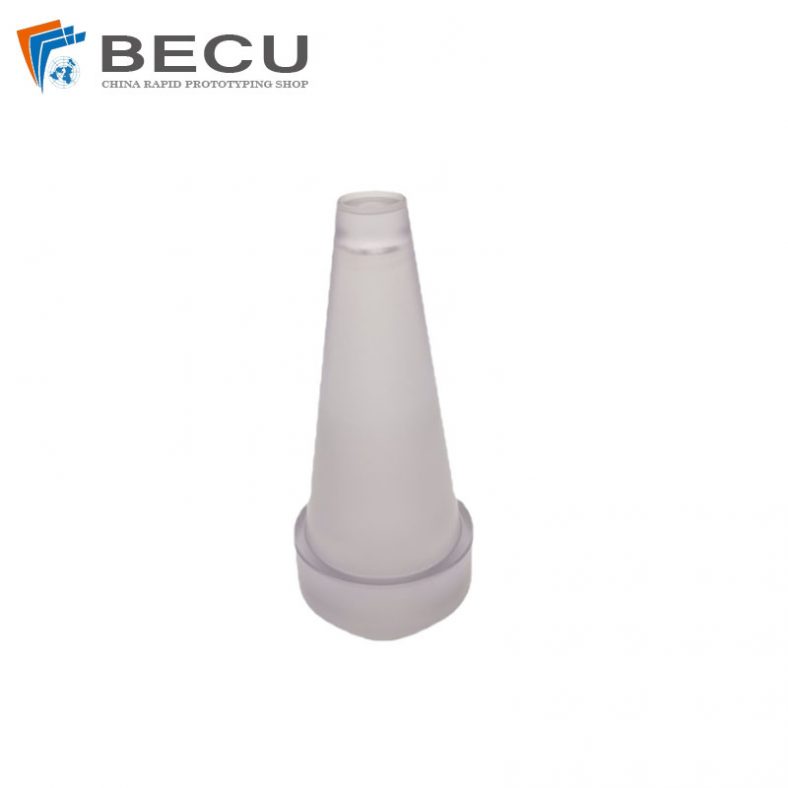
Precision Turning 20° Acrylic Downlight Reflector
-
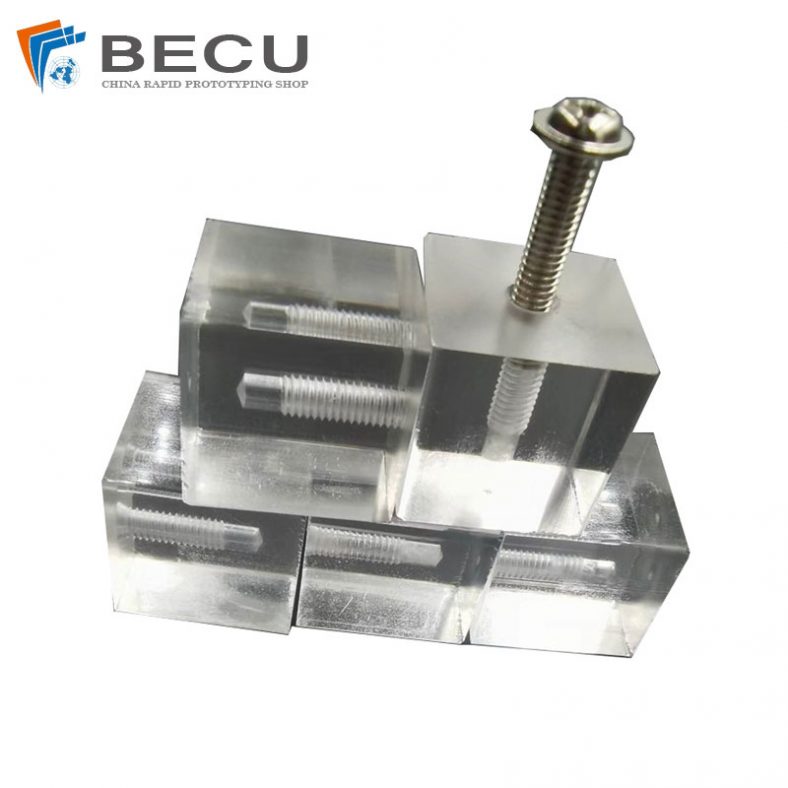
Transparent Acrylic Faceted Cube Threaded Clamp
-

CNC Turning Transparent PMMA Wear-Resistant Mechanical Parts
-
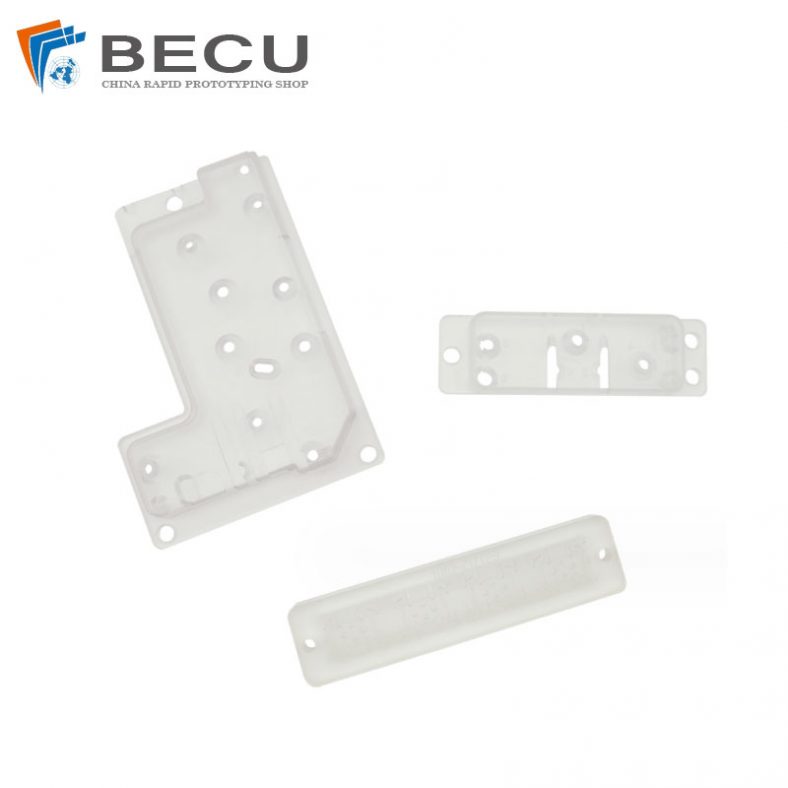
4 Axis Machining Highly Transparent Acrylic LED Tunnel Light Lens
-
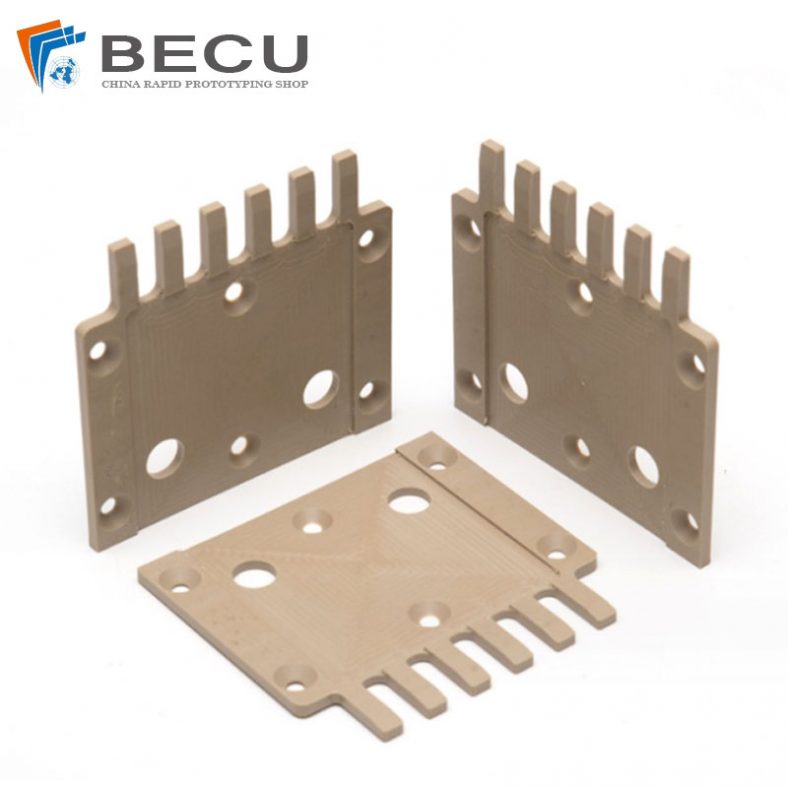
Precision Engraving Special-Shaped Natural Color PEEK Parts
-
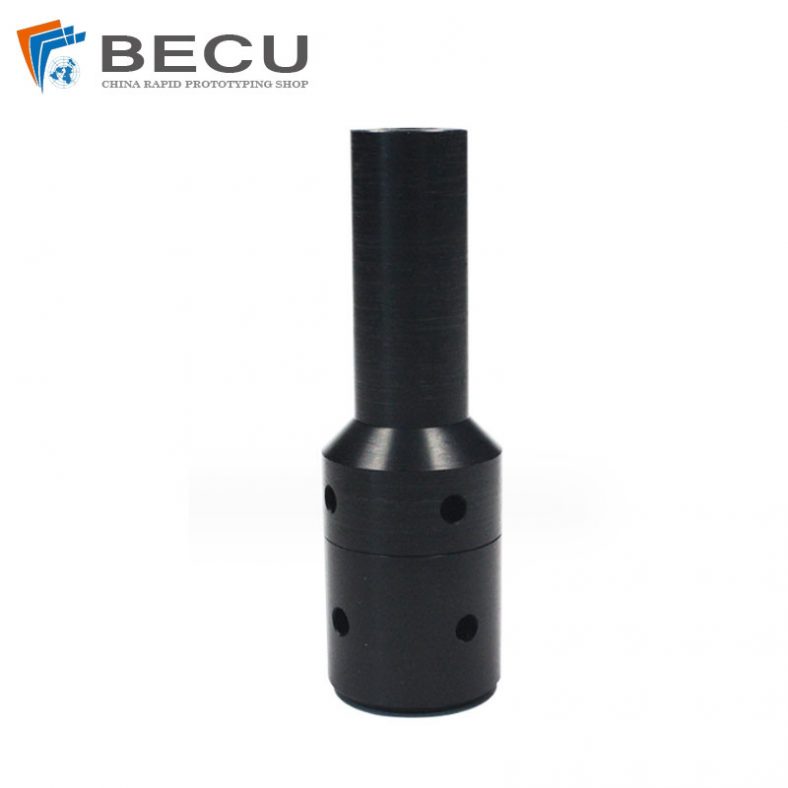
CNC Turning Wear-Resistant HDPE Fasteners
-
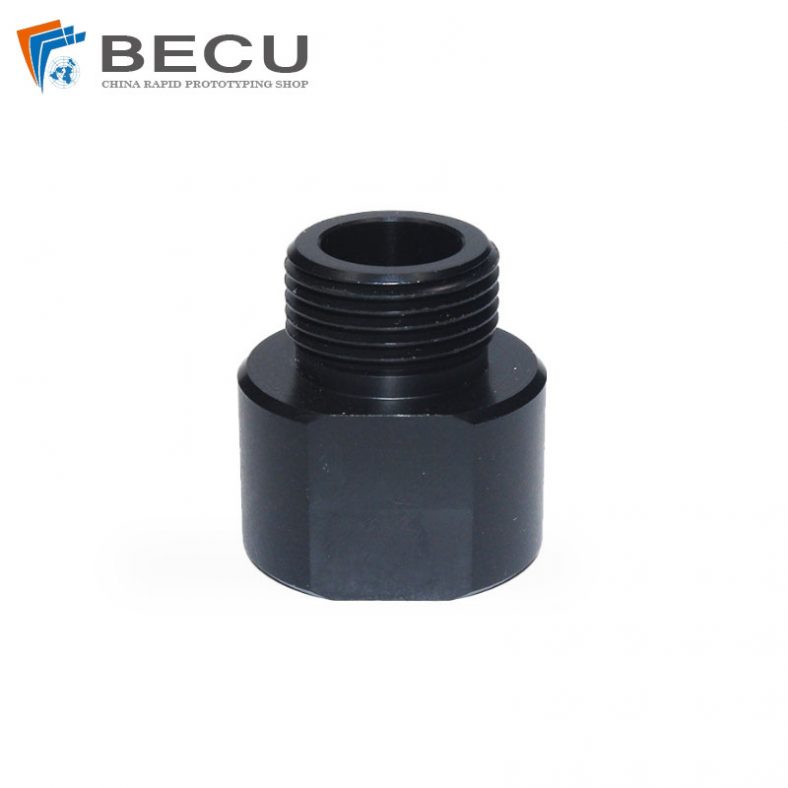
Precision Machining Black HDPE IP65 Waterproof Plug
